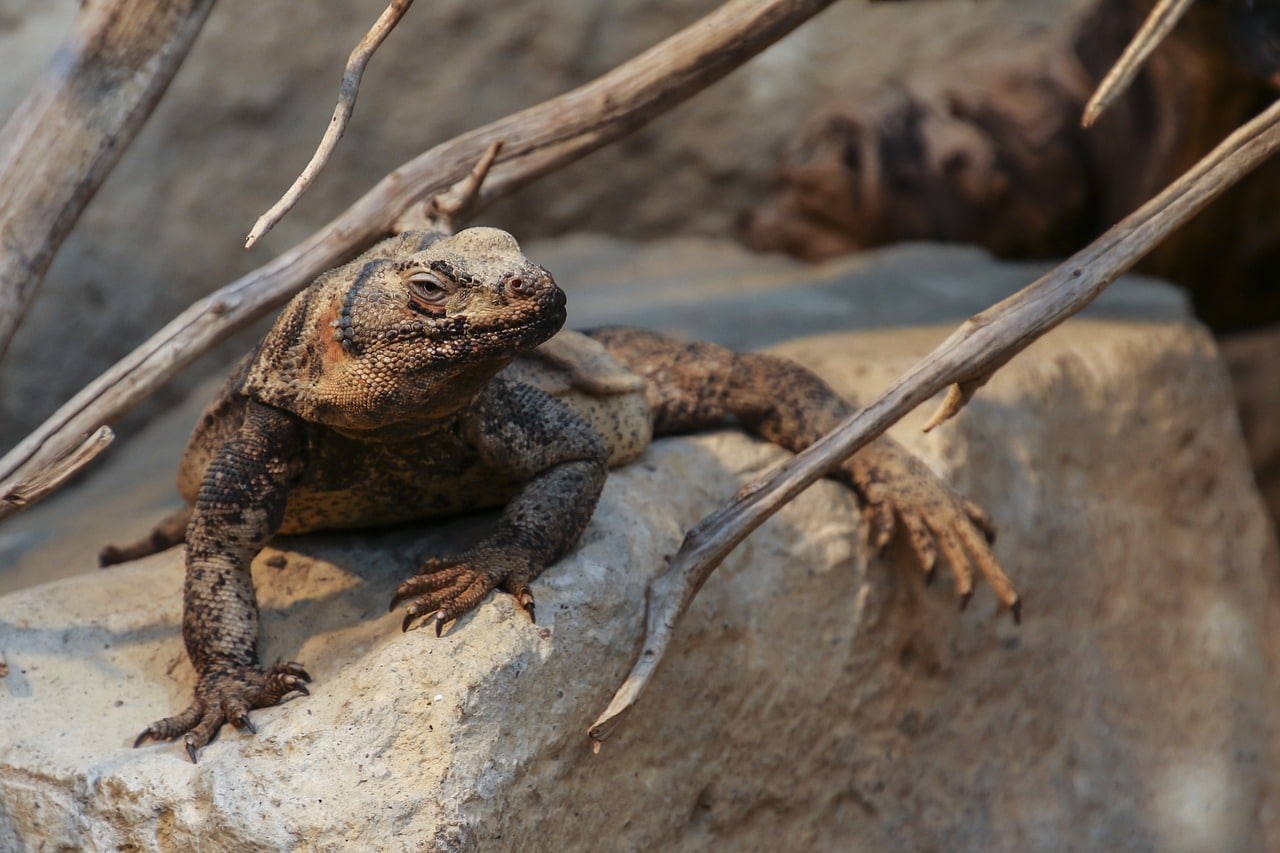 Shutterstock
Shutterstock
Many animals are capable of surviving under harsh conditions, but some species have adapted in extraordinary ways to go without food for months at a time. Whether they’ve evolved to withstand extreme environments or have developed special survival mechanisms, these animals demonstrate nature’s ability to push the boundaries of endurance. From hibernating creatures to those that can shut down their metabolism, here are nine fascinating animals that can survive for months without eating, defying our usual understanding of biological limits.
American Black Bear
 Shutterstock
Shutterstock
The American black bear is one of the most famous examples of animals that survive without food for extended periods. During winter, these bears enter a state of hibernation that can last for up to seven months, depending on environmental conditions. While in hibernation, their metabolism slows dramatically, and they don’t eat, drink, urinate, or defecate. Instead, black bears rely on their body fat reserves to get through this period. Their bodies have evolved to use this fat efficiently, keeping them alive until spring arrives and food becomes available again.
Common Chuckwalla
 Shutterstock
Shutterstock
The common chuckwalla, a type of lizard found in the southwestern United States, is capable of surviving without food for an impressively long period. This desert-dwelling reptile can go without eating for months, especially when temperatures soar and food is scarce. The chuckwalla survives by slowing down its metabolism and entering a state of dormancy when food is unavailable. It also can store water in its body, allowing it to make it through the driest periods. This remarkable adaptation is a survival mechanism for life in a harsh desert environment.
African Bullfrog
 Shutterstock
Shutterstock
The African bullfrog is a fascinating creature that has developed a survival strategy to handle extended periods of drought. When the environment becomes too dry, the bullfrog burrows into the mud and enters a state called estivation. In this state, the frog’s metabolism slows down significantly, and it can survive for months without eating or drinking. The frog secretes a protective layer of mucus that seals its body and helps it retain moisture. When the rains return, the bullfrog emerges, ready to eat and resume its normal activity.
Alpine Ibex
 Shutterstock
Shutterstock
The alpine ibex, a type of wild goat found in the European Alps, is an animal that survives extreme conditions, including food scarcity. During the harsh winter months, food is not always readily available in the high mountain environments they inhabit. To survive, these ibexes rely on their ability to forage in rugged terrain, often scraping at snow and ice to uncover hidden vegetation. They can go without food for months during this time, utilizing the fat reserves in their bodies to get through until spring, when food becomes abundant.
Yellow-Bellied Sea Snake
 Shutterstock
Shutterstock
The yellow-bellied sea snake is an incredible marine reptile that can survive for months without food. These snakes are often found in the waters of the Indian and Pacific Oceans, where food can be scarce in certain seasons. During times when prey is not easily available, the yellow-bellied sea snake can slow down its metabolism and survive on the small amount of energy it has stored in its body. This makes them highly adaptable and able to endure long periods of food scarcity.
Emperor Penguin
 Shutterstock
Shutterstock
Emperor penguins, native to Antarctica, are known for their ability to survive in one of the harshest climates on Earth. These penguins are capable of going without food for up to two months during the breeding season when the males fast while incubating the eggs. To survive this long without food, they rely on fat reserves stored in their bodies. The penguins also have specialized mechanisms for conserving energy and keeping warm, allowing them to withstand extreme cold while remaining without sustenance.
Snail
 Shutterstock
Shutterstock
Certain species of snails, particularly land snails, are capable of surviving without food for months or even years. During dry or cold conditions, snails enter a state of dormancy called aestivation. In this state, their metabolism slows down significantly, and they secrete a mucous seal around their bodies to prevent moisture loss. Snails can go for extended periods without food by relying on stored energy reserves, only emerging when the weather becomes more favorable for foraging.
Desert Tortoise
 Shutterstock
Shutterstock
The desert tortoise, found in the arid deserts of North America, is another remarkable animal that can survive for months without eating. These tortoises are well adapted to the desert environment and can go without food for extended periods, particularly during the hottest parts of the year when food is scarce. They rely on their ability to store water and fat in their bodies, which helps them endure the dry conditions. The tortoise’s slow metabolism allows it to survive without food for months until the desert rains bring fresh vegetation.
Arctic Fox
 Shutterstock
Shutterstock
The Arctic fox, a small mammal native to the tundra, has adapted to survive extreme cold and food scarcity. During the winter months, when food is limited, the Arctic fox can go without eating for weeks at a time. Its thick fur and low metabolic rate help conserve energy during harsh conditions. The fox can survive off of fat reserves and will only hunt when food becomes available. This ability to endure long periods without food is essential for survival in the frozen Arctic environment.
“I’m Still Alive” Club
 Shutterstock
Shutterstock
It turns out that skipping a meal isn’t always a bad thing. These incredible animals have perfected the art of surviving without food for extended periods, and their secret skills might just give you some inspiration the next time you’re fasting for a diet or a new health trend. Keep in mind, though—while we humans might look at these animals and marvel, most of us aren’t quite equipped to go without food for months on end, so maybe stick to three meals a day. You know, just for safety.
 Toledo, United States.
Toledo, United States.